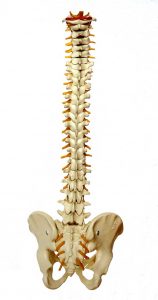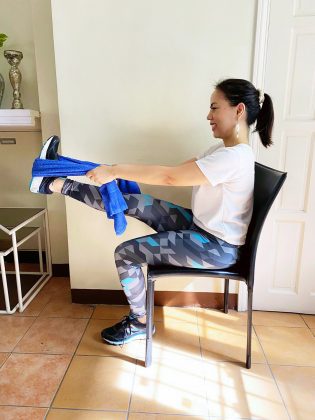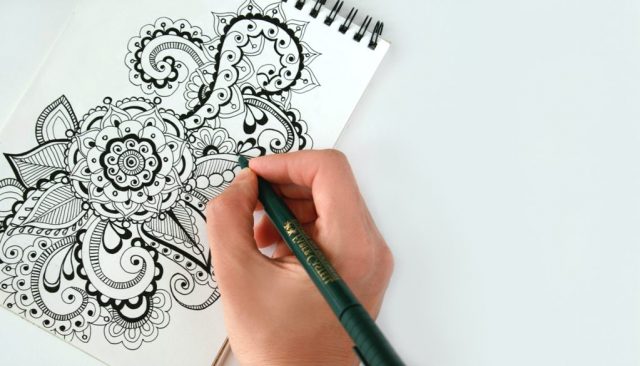Fitch cuts rating outlook on six Philippine banks to ‘negative’
FITCH RATINGS on Monday cut its outlook on rated local lenders to reflect the revision done for the Philippines, which could mean a rating downgrade in the next 12 to 18 months.
The debt watcher revised its outlook on six Philippine banks to “negative” from “stable” while maintaining their ratings a week after it did the same for the country’s “BBB” assessment.
Fitch covers government-owned Land Bank of the Philippines (LANDBANK) and Development Bank of the Philippines (DBP) and four commercial banks: Bank of the Philippine Islands (BPI), Philippine National Bank (PNB), BDO Unibank, Inc. (BDO), and Metropolitan Bank & Trust Co. (Metrobank).
Fitch last week said while the local banking industry remains sufficiently capitalized to withstand the stress caused by the pandemic, the crisis will cause a deterioration in assets and continue to affect revenues.
“The sluggish economic recovery is likely to continue to weigh on the banking system’s asset quality and financial performance in the near term, with the industry nonperforming loan (NPL) ratio expected by Fitch to rise to nearly 6% by end-2021 before improving in 2022,” it said in a commentary about its action on the Philippines’ sovereign rating outlook.
Fitch kept LANDBANK’s rating at “BBB” but said the revised “negative” outlook reflects their assessment of the weakening ability of the government to support the lender.
It added that LANDBANK’s viability rating, which assesses its intrinsic creditworthiness, will be negatively affected as it expects the lender to ease credit underwriting in order to increase financing for vulnerable borrowers and fulfill its mandate after it received a P27.5-billion capital infusion under Bayanihan II.
“LBP’s Viability Rating is weighed down by our perception of an increased risk appetite as it fulfils its policy role of stimulating lending to afflicted sectors of the economy,” Fitch said.
This possibility of a deterioration in assets due to less stringent credit standards to boost financing for the worst-hit segments of the economy may also be experienced by another DBP, which Fitch rates at “BBB-.”
“The bank stands out among major domestic peers with aggressive loan growth of approximately 19% in 2020, and we believe that extending financial relief to priority sectors has taken precedence over prudent credit screening and risk controls,” Fitch said.
COMMERCIAL BANKS
Meanwhile, BDO, BPI, and Metrobank, which all hold a “BBB-” rating from Fitch, are armed with their resilient funding and liquidity profiles despite the crisis, the debt watcher said, but a possible reduction in the government’s ability to boost the financial system’s liquidity due to emerging pressures is a risk for these lenders.
“Should business conditions continue to deteriorate, banks’ company profile scores will likely be revised down to reflect the more challenging operating environment, and we believe management’s strategic objectives may also be adjusted accordingly,” Fitch said.
The debt watcher said BDO’s profitability will remain challenged by declining asset yields, lower market-related income, and muted business volumes this year.
For BPI, a key risk will be credit costs that are expected to remain high as the bank continues to beef up its loan loss provisions amid deteriorating asset quality, it added.
Meanwhile, Metrobank is expected to benefit from its high loan-loss coverage ratio, which stood at 166% as of March. However, this buffer “could be rapidly consumed should the economic weakness be prolonged in light of its high concentration in large borrowers,” Fitch warned.
On the other hand, for PNB, which is rated “BB,” Fitch noted that its NPL ratio of 10.7% as of end-March is the highest among rated peers and significantly above the system average of 4.3% due to related-party corporate expo-sures, its shrinking credit book and weaker portfolio due to the economic downturn.
“We expect the bank’s impaired loans ratio to remain high in the next 12 months on continued credit migration of loans under debt moratoriums, which expired in December 2020, and the sluggish economic recovery,” Fitch said. — L.W.T. Noble



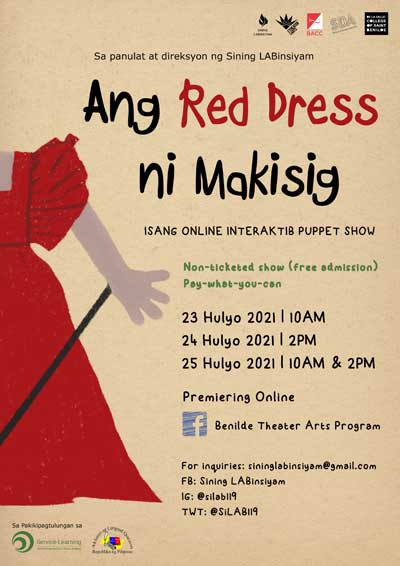
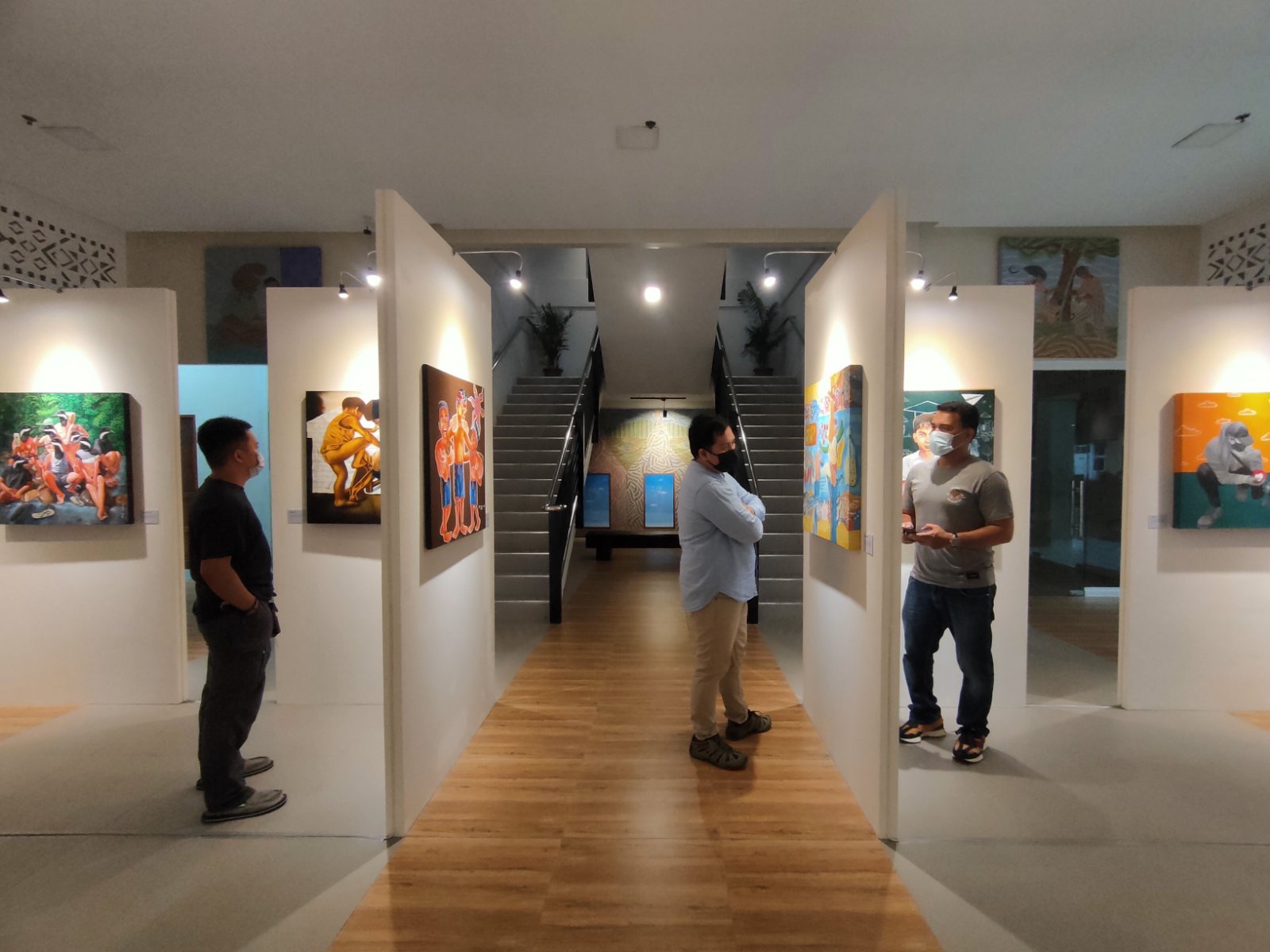
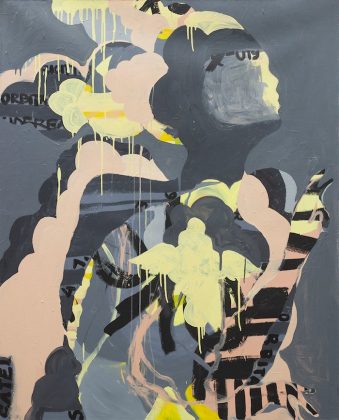





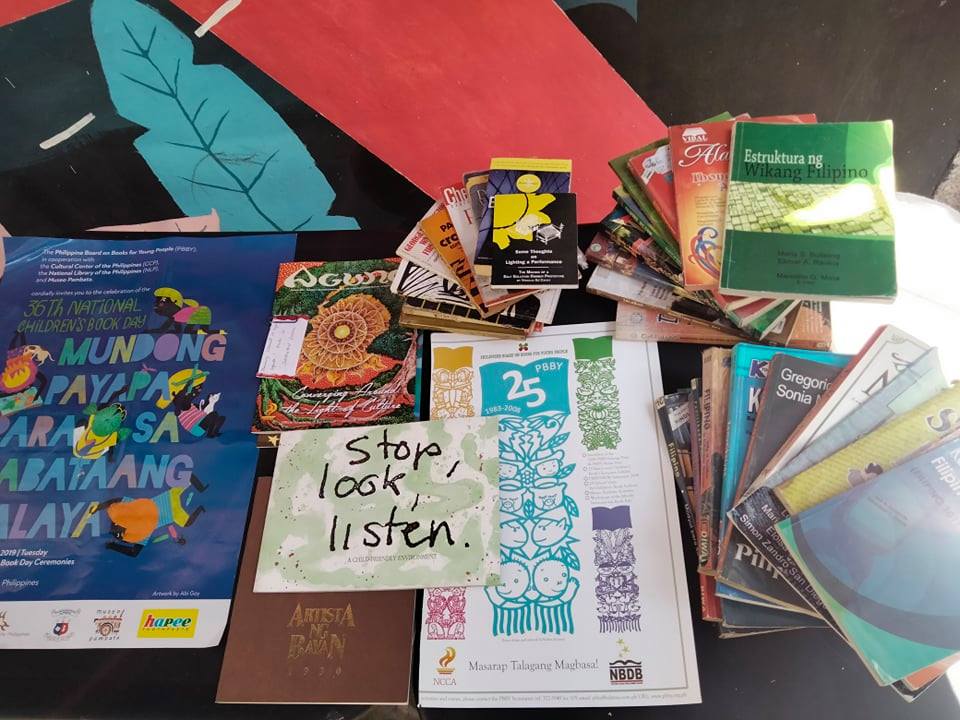

![spine-957249_1920-[-Jochen-Pippir-from-Pixabay-]](https://www.bworldonline.com/wp-content/uploads/2021/07/spine-957249_1920-Jochen-Pippir-from-Pixabay--640x1215.jpg)
